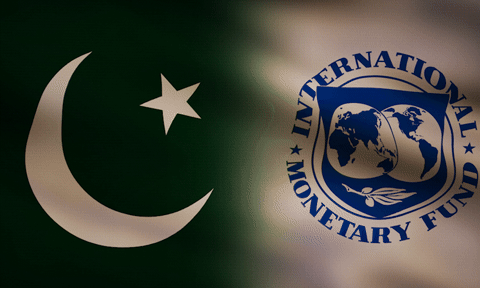EDITORIAL: Lahore continues to suffocate under a dense blanket of smog, a persistent and grave threat to public health, daily life and the city’s future. Almost each passing day over the last week has brought with it alarming headlines, underscoring the escalating smog crisis.
November 2 saw the Air Quality Index (AQI) in Lahore soaring to hazardous proportions as it peaked at 1,067 – staggeringly, more than 70 times above the World Health Organisation’s acceptable limit. Days before, on October 30, the Punjab government had imposed a green lockdown in several areas of the city that were considered to be ‘smog hotspots’.
Just a day later, a smog calamity was declared in the province, banning all activities “causing or leading to smog formation”. A week-long public holiday has now been announced for all primary schools in Lahore, alongside a host of measures to clamp down on smog-inducing activities.
While the problem of unmitigated emissions from vehicles, industries, brick kilns and crop burning is well recognised, the actions undertaken to counter it have clearly not worked so far. Despite the Punjab government shutting down hundreds of brick kilns and factories, suspending construction activities, impounding vehicles emitting excessive smoke, and providing super-seeders to farmers at subsidised rates to counteract crop-burning, the rise in the AQI has remained relentless.
The provincial authorities are now clearly running out of ideas, and hence we see the Punjab government resorting to requesting the Foreign Office to take up the issue of cross-border pollution with India. As many have pointed out, easterly winds from Amritsar and Chandigarh have contributed to the spiking of Lahore’s AQI in recent days, prompting the Punjab chief minister to emphasise the importance of climate diplomacy with our neighbour to counter the worsening smog situation.
While concerns regarding these easterly winds exacerbating the smog problem remain valid, with senior provincial minister Marriyum Aurangzeb insisting that 30 percent of the smog hovering over Lahore in recent days can be attributed to these, this still means that the remaining 70 percent of the smog arose from homegrown factors, and that the governmental response failed to effectively address these. One cannot help but conclude, therefore, that there are fundamental flaws in the research, planning, and implementation of measures to combat smog.
A recent report in a local daily has emphasised the absence of comprehensive, up-to-date information regarding the number of vehicles on the roads, as well as the operational factories and brick kilns surrounding Lahore. This has obstructed the authorities’ efforts to tackle smog, leading to actions that are not always guided by a strategic approach.
For example, the Punjab’s State of the Environment Report 2023 had identified transport as a major source of air pollution in the province, accounting for approximately 43 percent of emissions. This observation was based on a 2019 UN study that had provided the number of registered vehicles in Punjab.
The fact that five years later the authorities appear to be still relying on these numbers highlights a troubling failure to update their understanding of the issue and suggests they may not have implemented the necessary measures to effectively tackle the evolving environmental challenge.
Furthermore, the decades-long obsession of successive governments with the construction of underpasses, flyovers and signal-free corridors, serving mainly those with private vehicles, instead of providing Lahore with a city-wide, efficient and environment-friendly public transport system, combined with the burgeoning growth of housing societies that are encroaching on green spaces, has significantly compounded the challenge of addressing air quality issues.
It is about time the authorities realised that there are no shortcuts to resolving this serious environmental challenge that is endangering millions of lives, necessitating a comprehensive and sustainable approach to urban planning and pollution control.
Copyright Business Recorder, 2024





















Comments
Comments are closed.